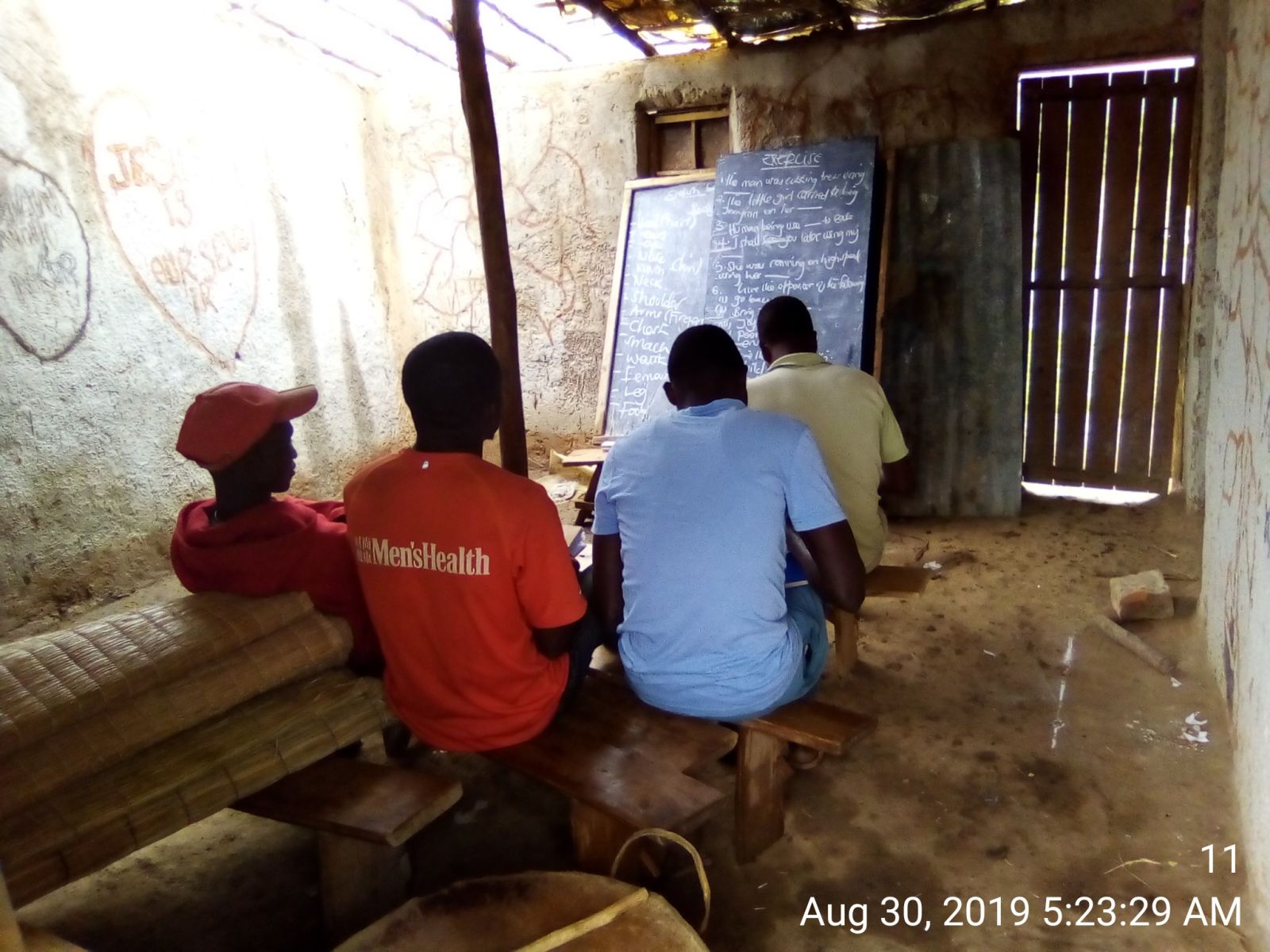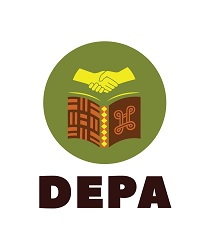Uganda hosts the largest refugee population in Africa. At 1.6 million people, the majority are those fleeing wars and violence within the Great Lakes Region because Uganda has, relative to many of its neighbours, seen extended periods of stability without outbreaks of violent conflict. The country has also historically operated an ‘Open Door’ approach to receiving refugees, affording; access to the right to work, freedom of movement and a plot of land on which to live and cultivate crops to promote self-sufficiency. The majority of displaced people are housed in 11 refugee camps throughout the country. Typically, away from large population centres there are, however, surrounding Uganda communities. The camps do not have formal boundaries, segregating them from the local populations, so refugees and locals interact. In fact, in many contexts, public sites and services such as schools, hospitals and marketplaces are shared. Similarly, refugee populations in urban centres like Kampala will be living and sharing services and resources.
There is a dominant narrative within the international community and in humanitarian and aid circles that refugees are a cause of tension and conflict with their hosting neighbours. This is because their presence either, puts pressure on often stretched existing services and infrastructure or, that refugees receive preferential treatment – getting access to resources and services that local communities don’t. In many of the rural locations the settlements are housed, the surrounding Ugandan population are living in and experiencing high levels of poverty and marginalisation. As a consequence, the approach to educating and building peace becomes one of intervention or prevention – trying to end violence if there are outbreaks or stopping the conflicts escalating into violence in the first place.
The Uganda Proof of Concept has intentionally tried to flip this narrative.
Instead of looking at what might be causes of conflict in refugee-host relations, the project has explored where these communities are, and have, been living together peacefully. And, importantly, why?
The research has built on a small pilot project that ran in 2017 and 2018 in the Oruchinga refugee settlement that looked at how the PhotoVoice arts-based method might be a catalyst for bridging divides among refugee groups and between refugees and host Ugandan nationals. Through bringing youth together, giving PhotoVoice training and then both individually and collectively taking and discussing photos of issues that affected the youth, the project looked at the PhotoVoice process as a catalyst for peaceful relational transformation. Oruchinga was chosen because it was established in 1959 as a transit camp for refugees fleeing the violent conflict in Rwanda. However, it has remained a stable site for refugees ever since and become home to many, meaning there are multiple generations of refugees who have been born in the settlement, never setting foot in their home country. The settlement has over six decades of lived experience of refugees and Ugandans coexisting.
 Title: The Cooperative. Taken by a young male Burundian refugee and female Ugandan from the host community, this photograph of a men’s financial cooperative bringing together different nationalities is a signifier of peace and unity for them, in the settlement.
Title: The Cooperative. Taken by a young male Burundian refugee and female Ugandan from the host community, this photograph of a men’s financial cooperative bringing together different nationalities is a signifier of peace and unity for them, in the settlement.
The DEPA Ugandan PoC is building on this initial work; expanding the scope of groups it works with, refining the lens of peace filtered through specific issues and harnessing the potential of more innovative arts methods.

